Church planting can't be an annual emphasis. It has to be an ongoing focus.
How Your Building Is Killing Your Growth
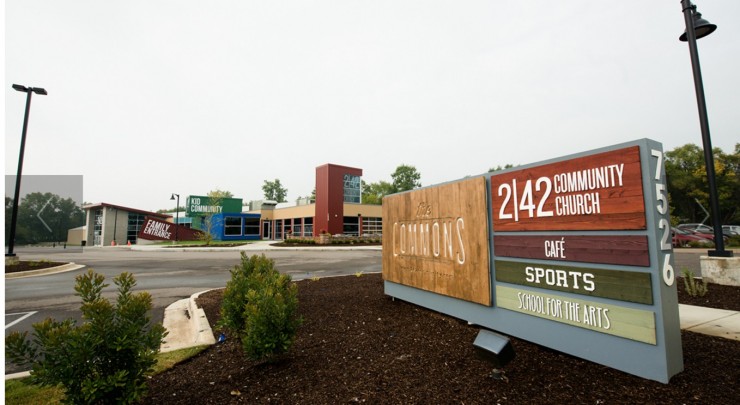
And here's what you can do about it.

And here's what you can do about it.

Church planting can't be an annual emphasis. It has to be an ongoing focus.
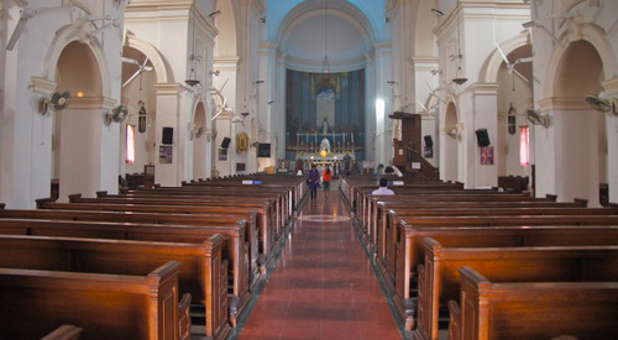
Are you as a church body and administration focused on building buildings or building people?
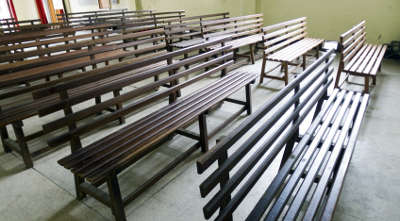
Do you have a vision for church growth? Are your current church systems and processes scalable to support a growing congregation?
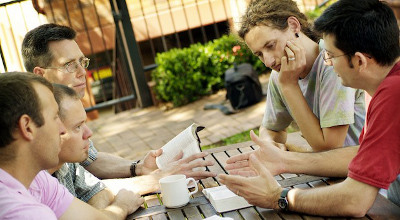
Are you a church planter? How can you know?
 When we planted Grace Church in a local movie theater two years ago, we assumed that one day we would have a more permanent location. Meeting in a theater is not without challenges, and we assumed we’d eventually have a place for offices and more permanent meeting space, etc.
When we planted Grace Church in a local movie theater two years ago, we assumed that one day we would have a more permanent location. Meeting in a theater is not without challenges, and we assumed we’d eventually have a place for offices and more permanent meeting space, etc.
We also had plans (which are currently in process) of sending out a planter and were excited about planting a new church. We think it is essential to plant and to do it early so that multiplication is part of the life of our church.
How a multi-site church creates more opportunities for community impact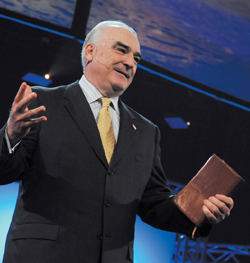
Christ Fellowship is a multi-site church. That means we are one church family meeting in multiple locations across our region. We currently average around 30,000 people in all of our combined campuses. Before you begin to revel in our fruit, I want you to understand why we worked so hard to pioneer a new way of doing church.
One of the major roles of the American church must be the reformation of our great nation. We started down the arduous path of multi-site development knowing that would help us mobilize a vast army of compassion, which could impact on our region.
No one cares about our politics or moral issues until they know we love them. The
multi-site model creates more outreach opportunities and makes us more aware of the broader needs of our community, allowing us to serve in a more strategic and thoughtful way.
As our people step out to serve others in loving compassion, more doors are opening for us to have greater influence. For example, when we saw that the foster care system in our area needed help, we established the Place of Hope children’s home. Because of the widespread impact of this faith-based program to care for abused and abandoned children, we are now able to speak into the entire foster care system and offer positive contributions on the local, state and national levels.